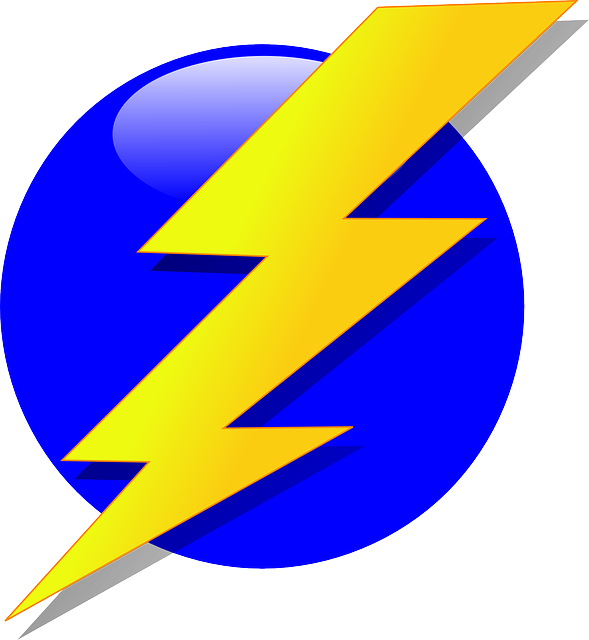Andre Marie Ampere
Early Life
Ampère was born in 1775 in Lyon, France, to a wealthy family. His father wanted him to have a more hands-on education outside of a schoolhouse.
This meant an informal education system in which children learn by experience and nature.
Andre used his family’s vast personal library to teach himself math, and by the age of 12 was already studying advanced mathematical formulas.
Unfortunately, at that time in France it was dangerous for noble families, and Andre’s father was killed during the Revolution.
In 1799 Andre was offered his first job, as a math teacher. He was successful enough in this position that three years later he earned the title of professor of chemistry and physics at the Bourg-en-Bresse École Centrale.
During his time as a professor, he continued his research in mathematics, sending publications on new theories to the Paris Academy of Sciences.
By 1804, he moved to Paris to become a tutor at the École Polytechnique.
Even without a formal educational background, Ampère became professor of mathematics at the École Polytechnique by 1809.
He taught there for a long time, also giving lectures in physics, eventually becoming the experimental physics head at the Collège de France.
In 1814, the new Institut Impériale, which would eventually become part of the Academy of Sciences, invited Ampère to join.
Scientific Discovery: Electromagnetism
In 1820, Hans Christiaan Ørsted’s discovery of electric current affecting magnetic activity was shared with the Academy of Sciences. This discovery excited Ampère, and he began conducting his own research on how electricity can influence magnetism.
Ampère’s research revealed that, depending on the directions of the currents, electric currents along wires can attract or repel each other, much like magnets. This new area of research led to the development of Ampère’s law.
Simply put, Ampère’s law states that the repelling or attraction of two electrical current wires is influenced by their lengths and power, similar to the activity of magnets.
In order to explain this phenomenon in physical terms, he described a particle that he called the electrodynamic molecule, which he believed could generate electric current through their movements.
He was correct, and this particle is now known as an electron.
Also read about Albert Einstein Facts for kids.
Impact
These discoveries led him to new inventions, such as the solenoid, a coil of wire wrapped in a helix formation, and an electrical telegraph.
Another interesting facet of his research was in chemistry. He is responsible for the idea behind the discovery of the element fluorine, but the actual discovery wasn’t made until 1886 by Henri Moissan.
In 1827, Ampère published the Memoir on the Mathematical Theory of Electrodynamic Phenomena, which referred to this new area of study as electrodynamics. In 1881, the ampere was officially recognized as the name of a unit of electrical current.
He also has the honor of being one of the 72 names of French scientists, engineers, and mathematicians engraved into the Eiffel Tower.
Later Years
Andre Marie Ampère passed away from illness in 1836. He is buried in the Montmartre cemetery, along with other famous French academics, including his son, Jean-Jacques Ampère, who became a professor of linguistics.








